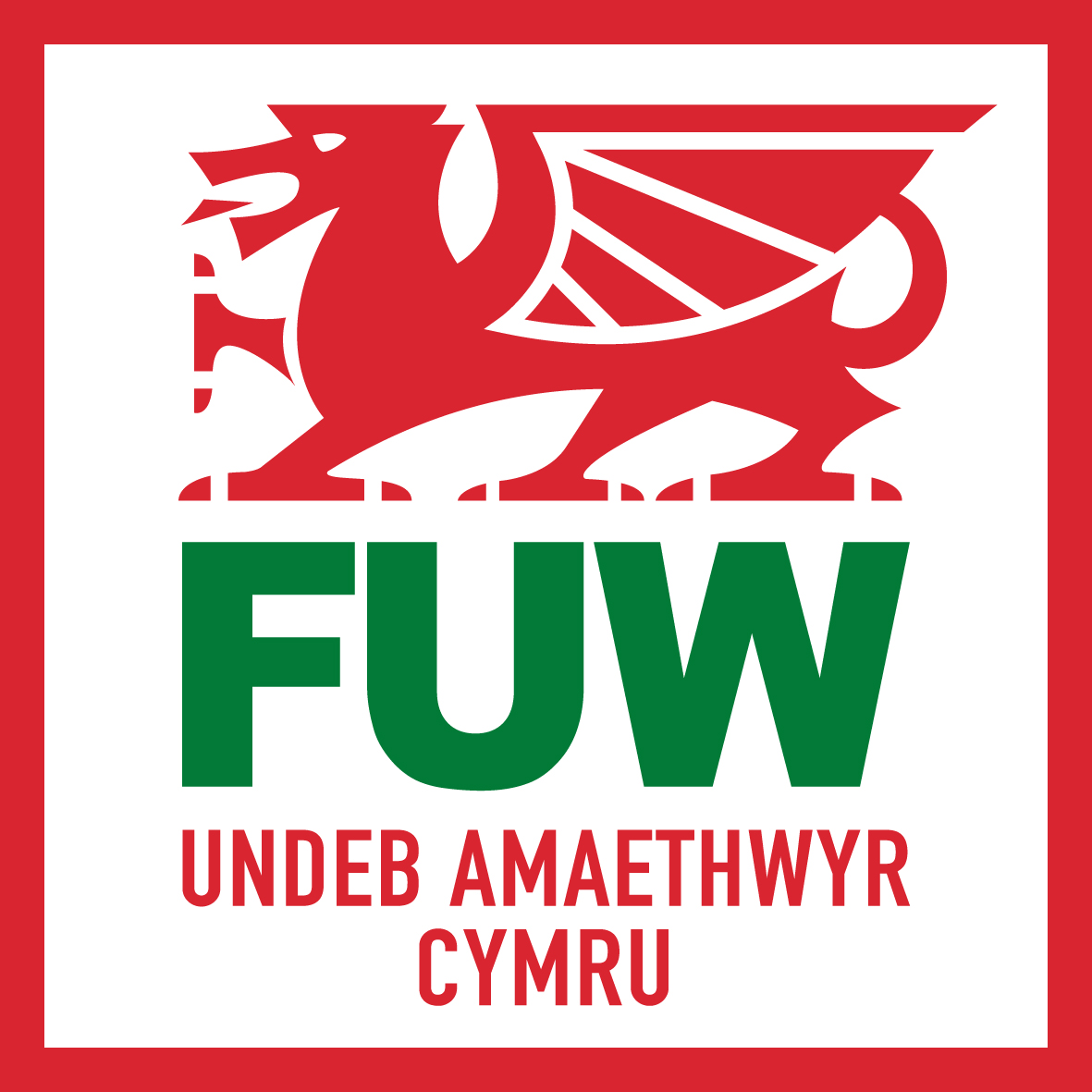The July edition of the National Animal Disease Information Service (NADIS) parasite forecast and associated webinar can now be viewed on the NADIS website.
This edition includes information and advice on Nematodirosis, Haemonchosis and tapeworms in sheep and ticks and Lungworm in cattle. There is also a focus on Parasitic Gastroenteritis (PGE) in both species and Blowfly Strike in sheep.
During the summer months, Parasitic Gastroenteritis (PGE) is more likely to occur in weaning lambs and cause diarrhea, weight loss and reduced appetite. The recent long dry spell will have slowed down the development of eggs, however the recent alternating warm and damp conditions have been suitable for those eggs to develop into larvae in a short amount of time. Some lambs will have a heavier worm burden than others therefore not all lambs will require treatment.
The worms that inflict PGE in cattle are different to those in sheep but the principles are similar and calves in their first or second grazing season are more likely to be infected. Adult cows can also suffer from PGE when grazing heavily contaminated pastures which can reduce daily milk yields by up to one kilogram per day.
As of 19 June, there was a medium risk of Blowfly strike across most of the UK. The recent warm and damp conditions have increased the risk even though fly numbers are yet to peak. Ewes and lambs are both susceptible to Blowfly Strike during wet, humid summers as eggs and maggots survive better in wet wool, and other infections such as Footrot and PGE can also act as ideal sites for maggots to hatch.


